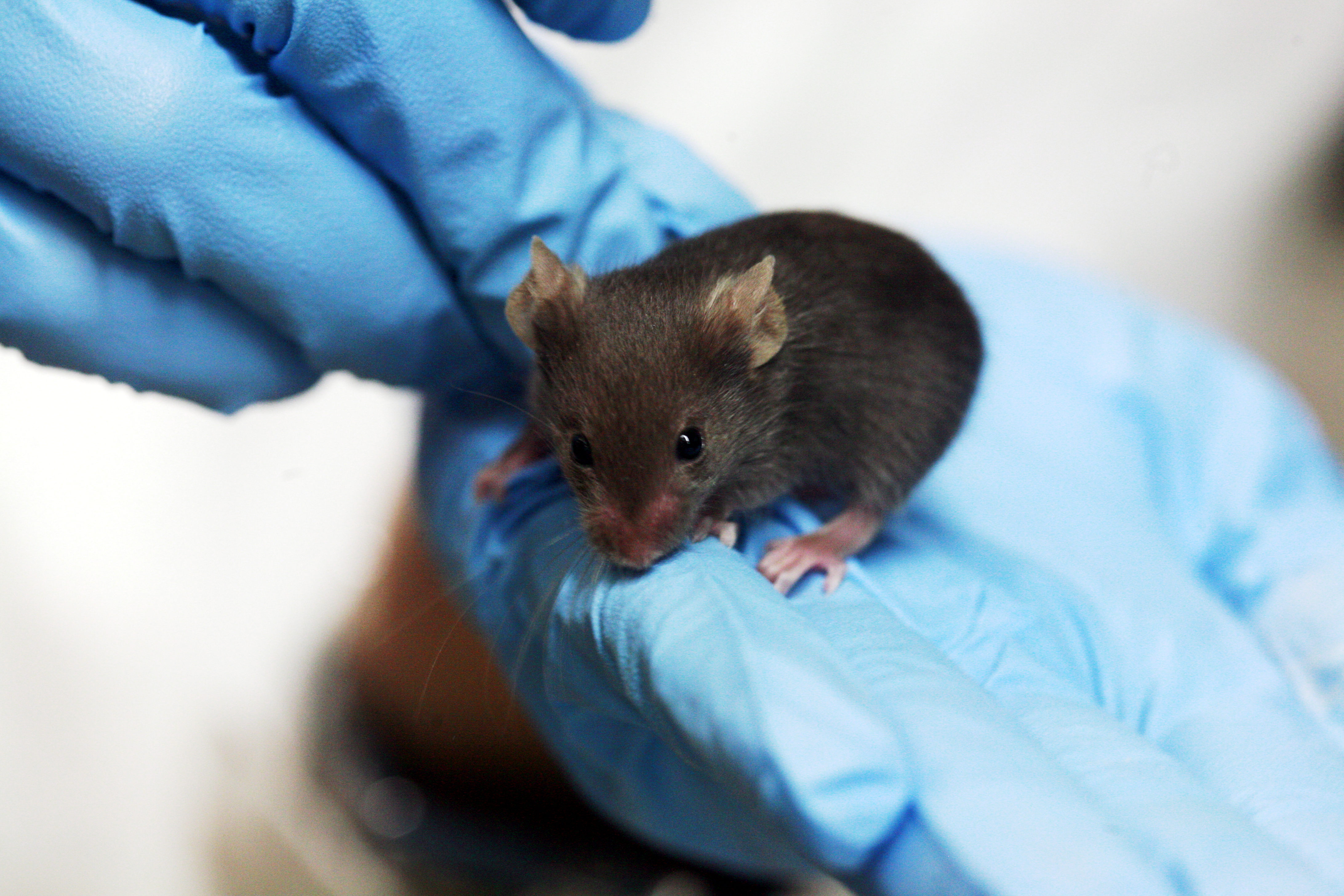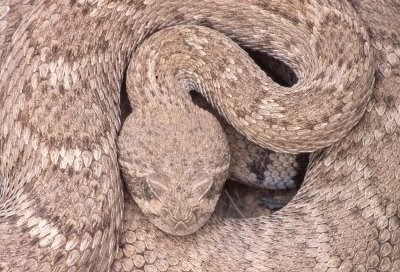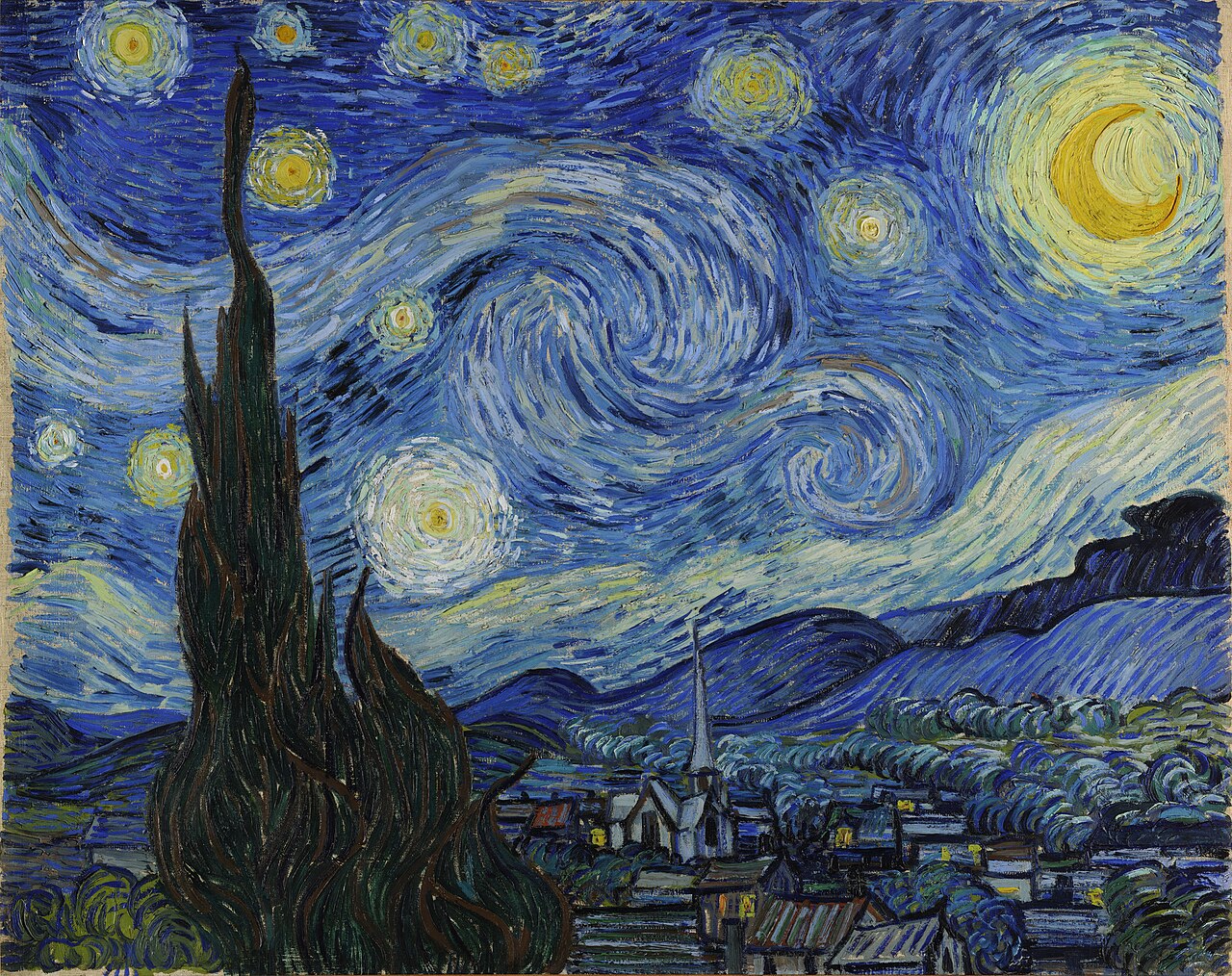 Environmental & Science Education
Environmental & Science Education
STEM
Sustainabillity
Edward Hessler
#49.
Flying for business or pleasure is taken for granted and we seldom consider its effects. It is not an insignificant contributor to increasing the load of atmospheric carbon dioxide. We can do something about this.
Offsets are one remedy that work.
By the way, the primary purpose of using carbon offsets is not to keep people from flying although I think can lead to considering important questions about the necessity of a trip, e.g.., would a video/Skype conference work or can two trips be bundled into one, etc. The idea is to reduce harm. Other policy mechanisms are available that would increase the pressure (economic) to fly less, e.g., a high price on carbon.
Recently environmental ethicist
Christopher Preston (Philosophy Department, University of Montana) considered four arguments that skeptics raise about whether offsets make a difference.
One. Offsets allow the wealthy to continue their polluting ways while easing their guilt. This is true but the idea is to "shrink the harm."
Two. Offsets don't work. Offsets don't account for all of the carbon. There are organizations "that are independently certified to provide precisely...assurances" on the efficacy of offsets.
Three. Offsets contribute to global injustice. "The painful reality of climate change is that the people suffering the greatest burdens are typically those who are least responsible and least economically equipped" to carbon reduction efforts. However, carbon offsets "are on the right side of the moral ledger." They represent an investment, "a transfer of wealth--albeit a small one--from the rich to the poor."
Four. Offsets don't contribute to behavior change and encourage our "wasteful ways." Sure. They are a "yes and no," but "paying for a carbon offset indicates a willingness to put your money where your mouth is." ... "Restored and protected forests , methane capture projects, and solar and wind farms are a statement about a certain kind of future."
BUT, there is always a but. There are conditions which must be practiced because offsets are "a stop-gap measure."
A. Effort toward reducing our own carbon footprints including persuading "elected officials to pursue a less carbon intensive path."
B. Be skeptical about the efficacy of offsets. Here it is alright to overcompensate: purchase "25 or 50 percent more offsets than the trip demands."
C. Recognize that this is not an individual effort. "Nothing you can do is going to come close to what corporations and governments must accomplish on a far larger scale." (my emphasis)
Preston's essay was published in
Ensia which includes links to organizations certified for quality assurance of offset purchases.













